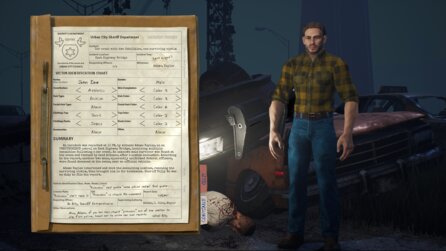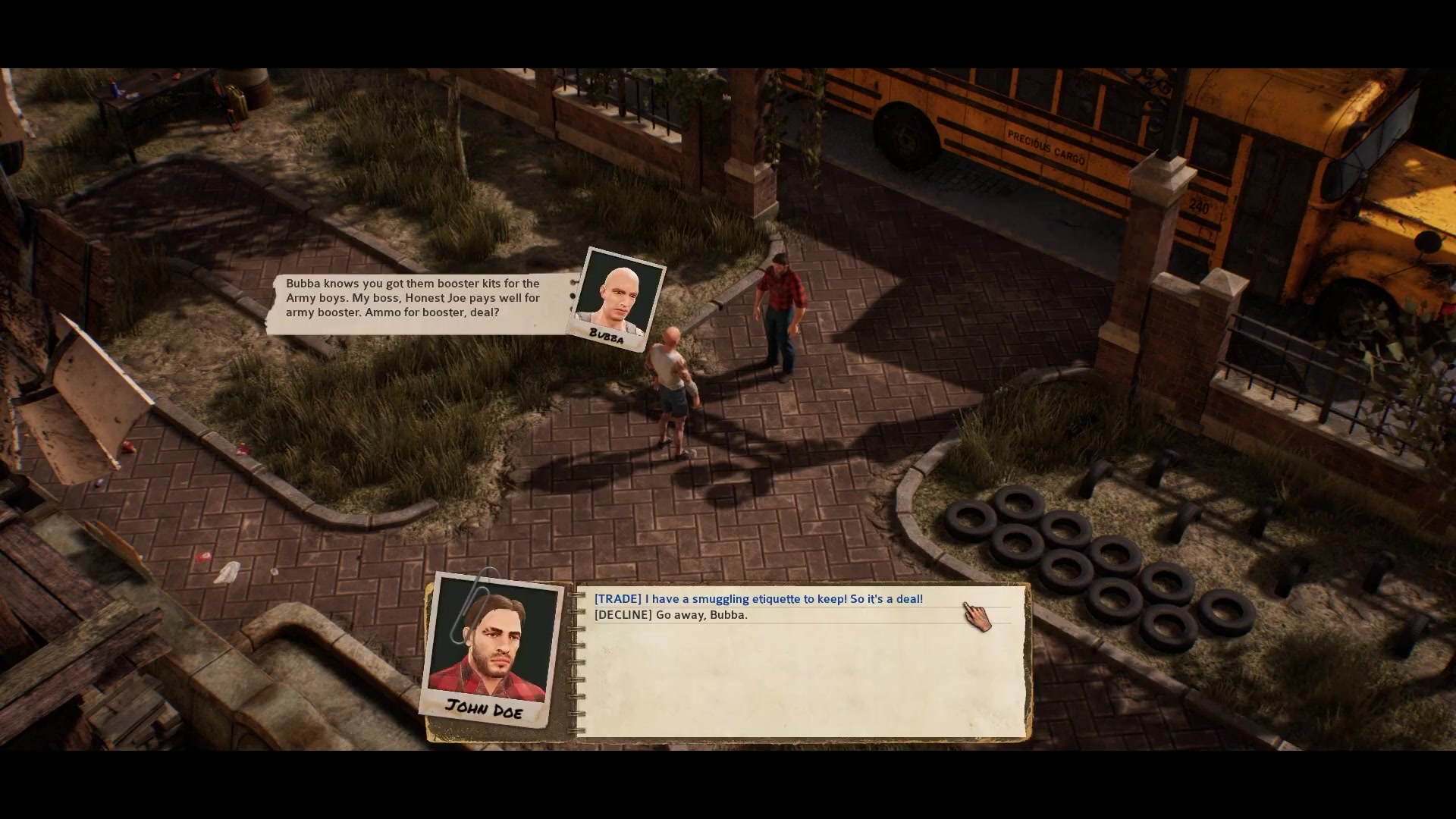

Projects of all scales and types are examined-including, in one notable case, disability access improvements to a local park. These reviews are heard by the Planning Commission at public meetings. Small projects here can also trigger the Discretionary Review (DR) process if any neighbor requests a hearing-a possibility, as neighbor notification is required for almost any permit. This takes at least 18 months and can be appealed even if it has been approved. Larger projects typically require a lengthy and expensive Environmental Impact Report (EIR). In San Francisco, every project submitted for a permit is evaluated to see if it requires environmental review. Intended to apply only to government projects, it was extended to nearly all projects requiring entitlement by a California Supreme Court ruling. Passed in 1970, CEQA sought to incorporate environmental protection in local decision making. For large projects, California’s Environmental Quality Review Act (CEQA) is the main reason for extended review.


This is not the case here due to a number of overlapping laws. cities a project complying with relevant planning requirements is issued permits by the Planning Department as of right. The challenges to densifying San Francisco neighborhoods have deep roots. The height was also thoroughly examined as part of Northeast Embarcadero Study, which sought consensus on development in the area. Its most contentious issue was its proposed height, yet that was suggested by the Planning Department as a compromise to create more open space at ground level and relate the project to the much taller residential building across the street. The project passed numerous layers of government review, and was even approved by the Board of Supervisors. In reality, 8 Washington had been in the city planning process for approximately seven years. Opponents relied on the public’s lack of awareness by implying that the project’s process was undemocratic and reminiscent of the notorious redevelopment blunders of the mid-20th century. The 8 Washington propositions saw the lowest election turnout in twelve years, and those who did vote tended towards self-interest “no” votes on Proposition C were significantly higher by percentage in neighborhoods near the project site and with desirable views. It is clear that we need a much better informed public to make a democratic process viable. The victorious opponents of the proposal wasted no time trying to turn this into an anti-development movement, but for activists it highlights the limits of a democratic process in urban planning decisions. In November 2013, San Francisco voters rejected two ballot initiatives that upheld existing planning approvals to build luxury housing on a surface parking lot in the Financial District. Will San Francisco follow through on its carefully laid plans to accommodate a growing population, or will it continue to fight the same battles time and time again? Planned Growth or Unplanned Strife? Andrew Faulkner and Mark Hogan


 0 kommentar(er)
0 kommentar(er)
